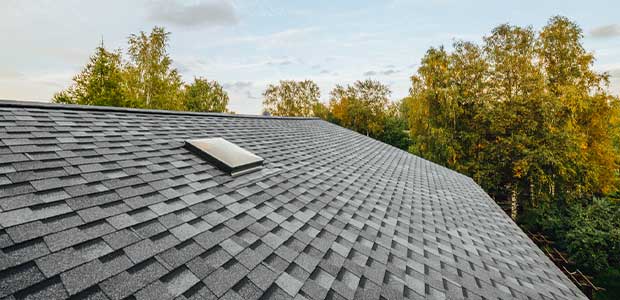Environmental benefits of soy-based roofing shingles
Besides reducing waste, what other impact can these shingles have on the environment?
Most people think of a roof just by looking at it as a barrier that protects them from the elements. A roof can be much more than that to those in the know. Roofs can now play a crucial role in reducing our environmental impact thanks to the development of sustainable construction techniques. Soy is a substance that significantly impacts the roofing business, and yes, you read that right.
Now soy is used to make shingles that are not only durable and affordable, but also environmentally responsible, with multipurpose use in everything from tofu to candles.
Here are some of the benefits of soy-based shingles and how they help develop a fairer future.
energy efficiency
A home’s internal temperature can be controlled with the help of US soy-based shingles, which also reduce energy use and heating and cooling costs. Soy-based shingles reflect more of the sun’s rays than traditional shingles, reducing the heat entering the home during hot weather. As a result, there may be less need for air conditioning and lower energy bills in the summer.
In addition, soy-based shingles provide better insulation during the winter months. By aiding in heat retention, they can reduce the need for supplemental heating while reducing energy use and heating bills. Choosing soy-based shingles helps homeowners maintain a comfortable indoor climate year-round and save on energy bills.
Reduced environmental impact
Reducing pollution means minimizing the harmful impact of human activities on the environment. Below are some examples of how using shingles made from soy-based materials can help reduce environmental impact.
Less oil consumption. Soy-based materials reduce petroleum consumption because soy-based products are made from renewable resources, eliminating the demand for petroleum-based products that harm the environment and emit greenhouse gases.
Reduced carbon footprint. Compared to traditional petroleum-based products, lower-carbon ethanol-based materials have a lower carbon footprint and reduce the number of greenhouse gases released into the environment during production and disposal.
Improved air quality. Emissions of volatile organic compounds (VOCs) that are harmful to air quality and human health can be reduced with soy-based materials.
The reduced risk of water pollution. Materials made from soy are less likely to leach toxic chemicals into water systems.
less garbage. There is less waste in the production and disposal of shingles because soy-based components can be recycled or biodegraded.
Bring away
As our globe continues to search for greener and more sustainable substitutes, using soy products in building and roofing materials is a potential step towards a more sustainable future.
Soy-based products have revolutionized the shingle sector by offering several benefits that are hard to overlook. Soy-based shingles have transformed the roofing business, from improved strength and insulating ability to eco-friendliness and sustainability. Soy-based materials will be key to shaping our future as we seek creative and sustainable ways to build and live, paving the way for a brighter, greener and more sustainable future.
About the author
Jessica is a passionate author and guest blogger. Writing helps her improve her knowledge, skills and understanding of the particular industry. She loves to write and share her knowledge. She believes that health is the true wealth and wants to spread her faith around the world. Besides writing, she loves traveling and cooking.
eponline.com
https://eponline.com/articles/2023/03/31/environmental-advantages-of-soy-based-shingles.aspx















